The pitter patter on the van roof awakens me at dawn. I open the curtains, wipe away the condensation and grimace at the snow in the darkness – not fluffy flakes of the stuff – more like the slush we are familiar with in England. We’re in a carpark between the police station and the cemetery in the Alpine Bavarian town of Mittenwald, a few miles north of the Austrian border. I experience one of those brief moments of uncertainty that can come upon you at the very start of the day.
But I take heart because today we are going to make a Transit dash across Austria to the Brenner Pass into Italy. The tank is full of cheap German diesel fuel, surely the cheapest in Europe, at around €1 a litre, we have our Austrian vignette road tax sticker on the windscreen and our Italian Covid declaration. Bye bye strudel and snow, hello spaghetti and sunshine.

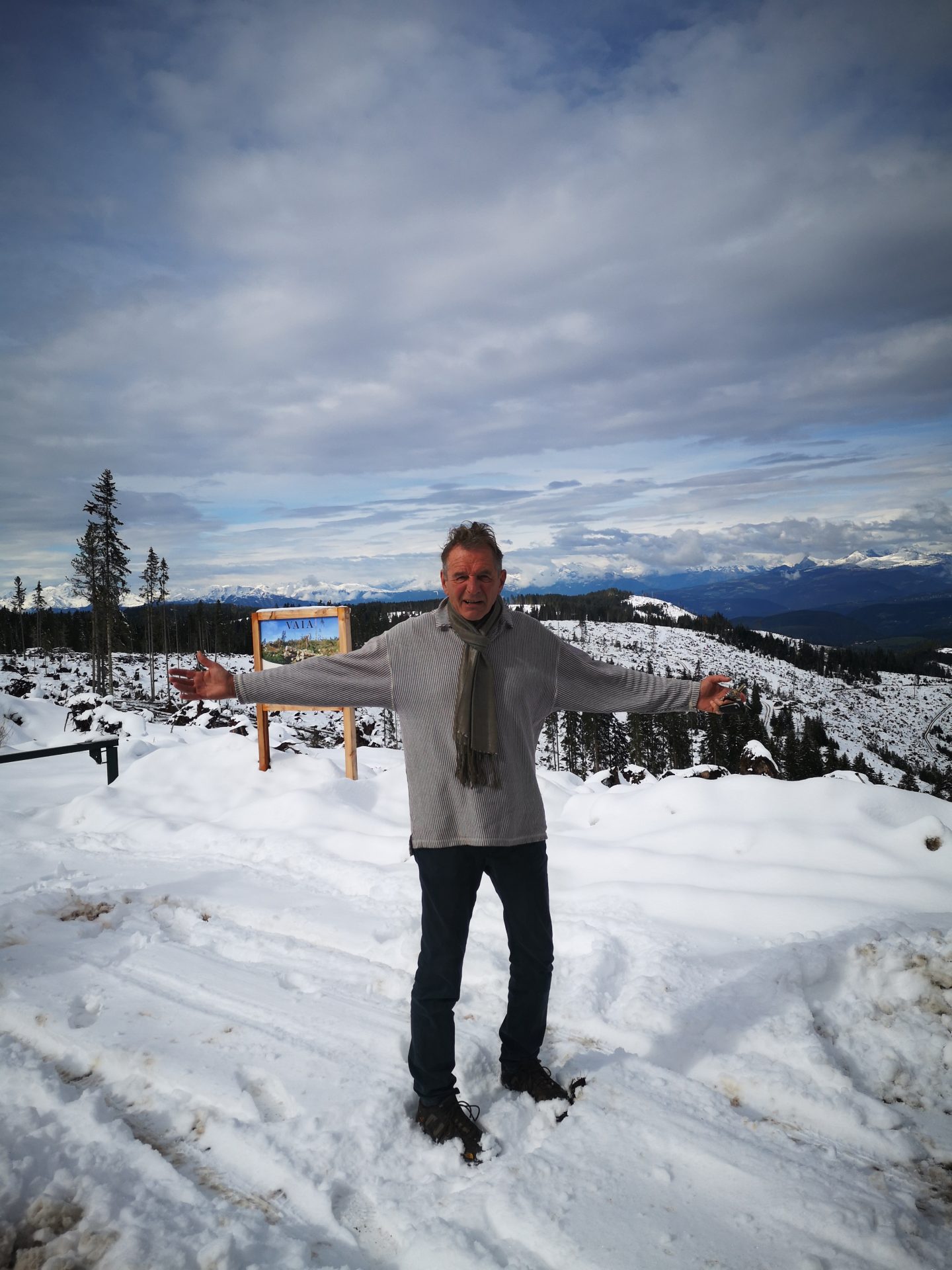
The Brenner Pass is the lowest natural mountain pass through the Alps into Italy. The road is mostly an elevated motorway – fine for us – but mighty grim for those living below it. Jo has our Italian Covid entry questionnaire in her hands. It’s a ridiculous document that only an Italian bureaucrat could devise. No date or version number, and endless paragraphs and sub-paragraphs of baffling legal jargon.
We cross the Italian border without incident but after exiting the first Italian toll booth there is a Raybanned policeman standing in the middle of the road gesturing for us to pull over. To make us feel welcome, his mate is brandishing the regulation Uzi submachine gun. They’re friendly enough though – we have a chat about our roof water tank. The senior cop asks for a selection of our documents and wanders back to his vehicle with them. He’s gone a worryingly long time but returns and returns our papers with a cheerful “Ciao, enjoy your oliday.” And after all the trouble we went to he isn’t remotely interested in our eight pages of Covid rubbish.
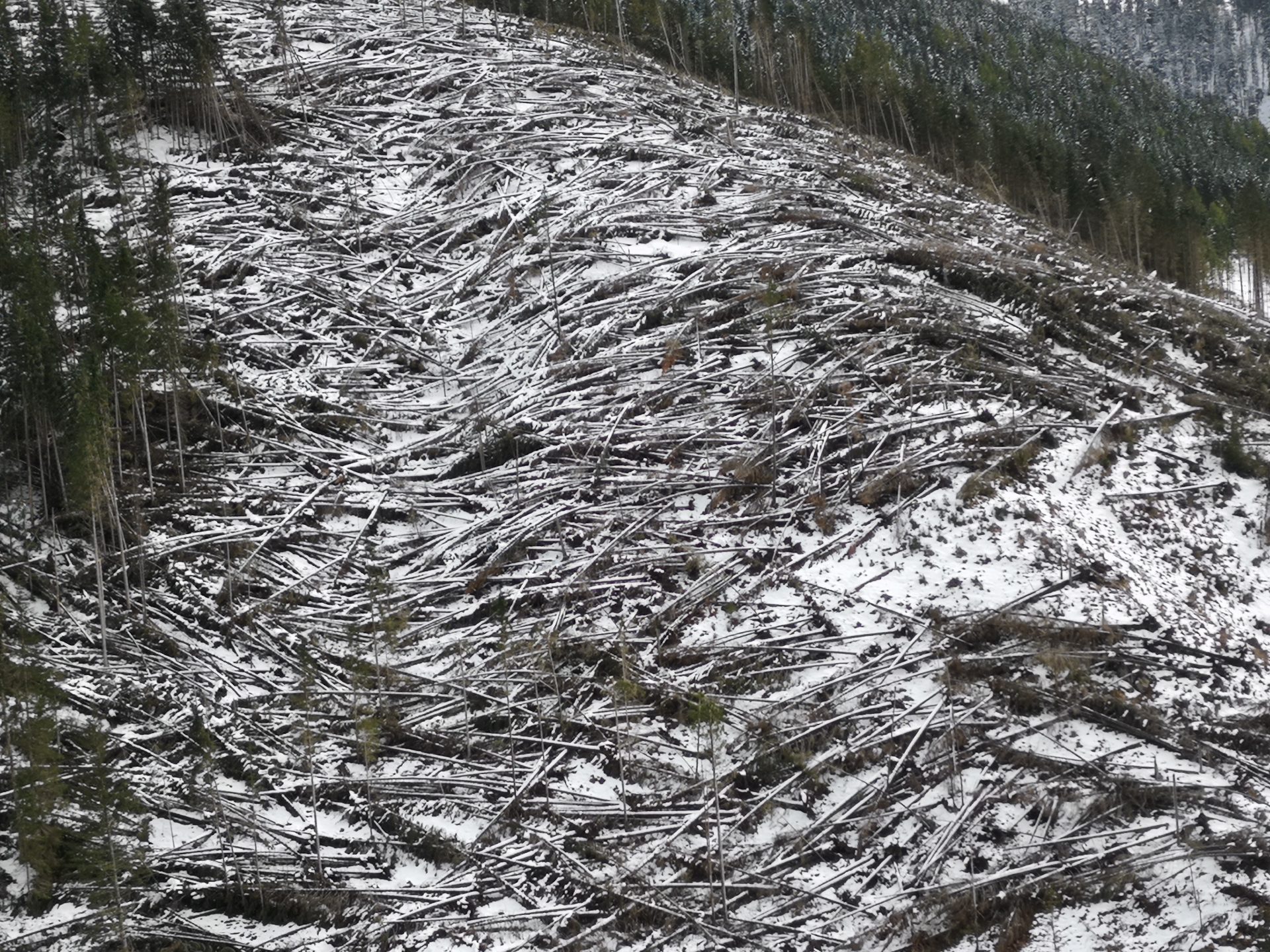
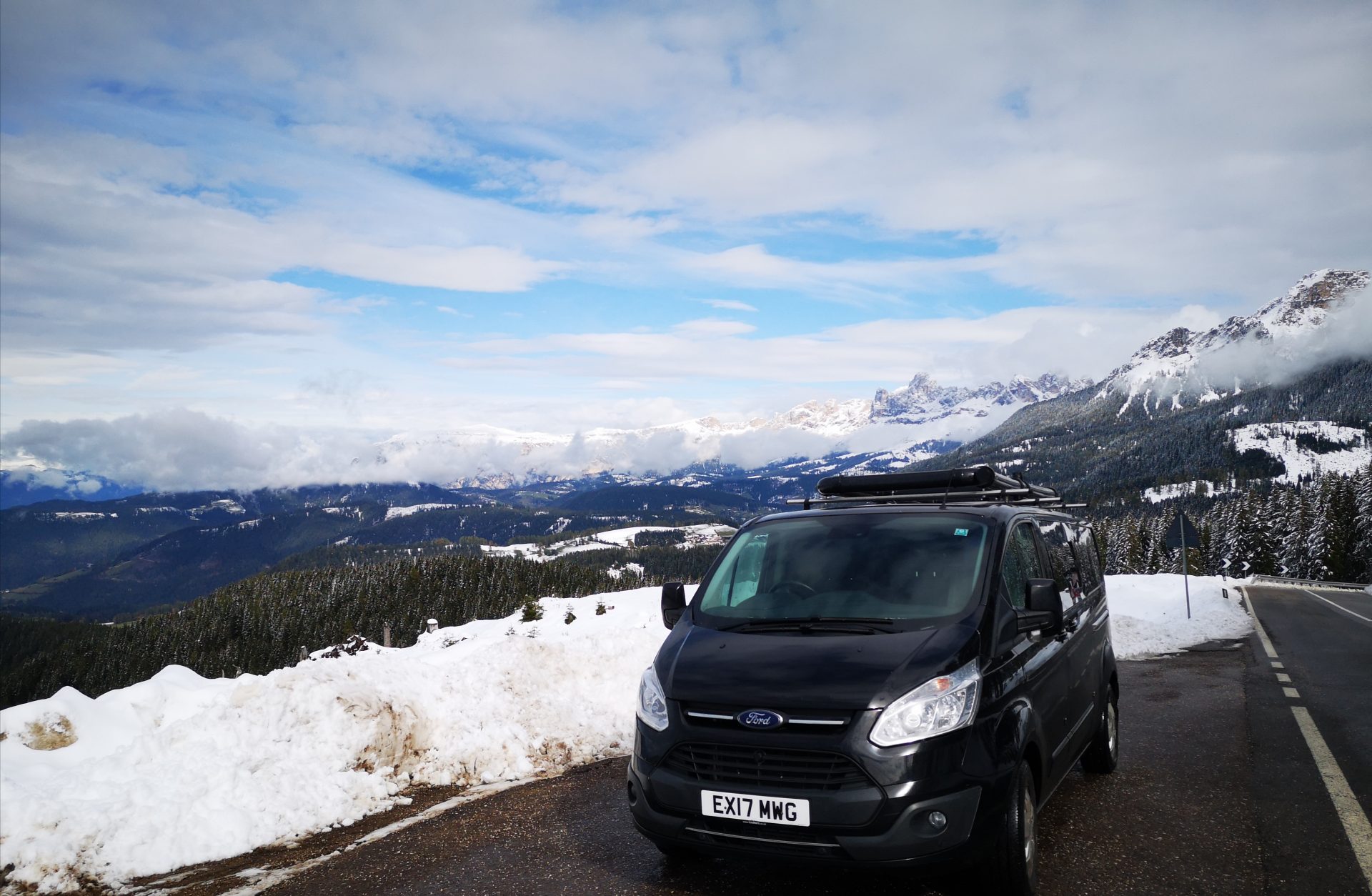
The outside temperature is a dizzyingly high 14C – our southerly direction is paying quick dividends. Jo’s been reading the travel guide. ‘Let’s go to the Cemera Valley’, she says, ‘there are some weird stone pyramid like, rock formations there and vineyards too. It’s only forty minutes away’. Is it south? I ask. Yeah course, she replies.
After a few miles Jo directs me to take a left turn towards Passo Lavaze where the road slowly climbs. We’re in dense forest so the route ahead is not visible. The road twists ever upwards and in fifteen minutes there are patches of snow on the verges. Twenty minutes later and there’s thick snow everywhere, even on parts of the road. Jo’s getting worried and the temperature is down to minus 1C. I don’t believe it. We reach what appears to be the summit where we stop at the Albergo for coffee, a rest and a laugh at our folly. It’s a beautiful winter wonderland.
Jo assures me that we really will head to warmer climes and we decide to make our next destination, the delta of the river Po, south of Venice. The Po is Italy’s biggest river and the flat estuary where it splits and floods into the Adriatic sea looks interesting, especially with its huge population of wildfowl.
It’s a Sunday morning (and it’s 18C). We’re parked behind the church in the tiny hamlet of Santa Maria in Punta, surrounded by lakes, marshes, rivers and canals. Jo goes for a run and I go to the back of the church for a few minutes of the 10 am mass. Then I take the binoculars and head off to one of the lakes. It’s the lake along which Jo is running, and she’s disturbing the ducks as she runs. There are thousands of them, not hundreds, thousands. It’s quite a raucous spectacle. There are big flocks of cormorants and ibis too.
Jo’s excited when she returns. I saw a beaver, she says. Wonderful, I say, did you see any kind of dam? No just a beaver swimming away. Later in the day we see what appears to be a dead beaver at the side of the road, then another – roadkill. But the tails are not right for a beaver. We spot a small group of these ‘beavers’ foraging in a water meadow. Some quick research reveals that these creatures are big rodent coypus introduced from South America by fur farmers and now a wild pest in the Italian countryside. Sadly Jo’s beaver was a giant rat.
The Po delta is famous for its eels and there’s an eel festival taking place in the coastal town of Comacchio. We park outside the town and cycle along the lagoon to the bustling market street. Also known as Little Venice, many of Comacchio’s streets are canals crossed by ornate ancient bridges. I’m not tempted to eat eels, for us today they’re an expensive culinary experiment.
Italian beaches can be dismal affairs, none more so than Lido di Spina on the Adriatic coast, a mosquito infested stretch of sand backed by cheap tasteless bars, casinos and restaurants. We stay one night to allow the mozzies to feast on Jo before we drive to the wonderful region of Umbria. The road is a long elevated viaduct winding through some spectacular gorges, but the condition of the highway is appalling with half of the carriageway closed for long stretches, not for repairs, but because it’s unusable. God knows what the condition of the supporting viaduct beneath us must be like.
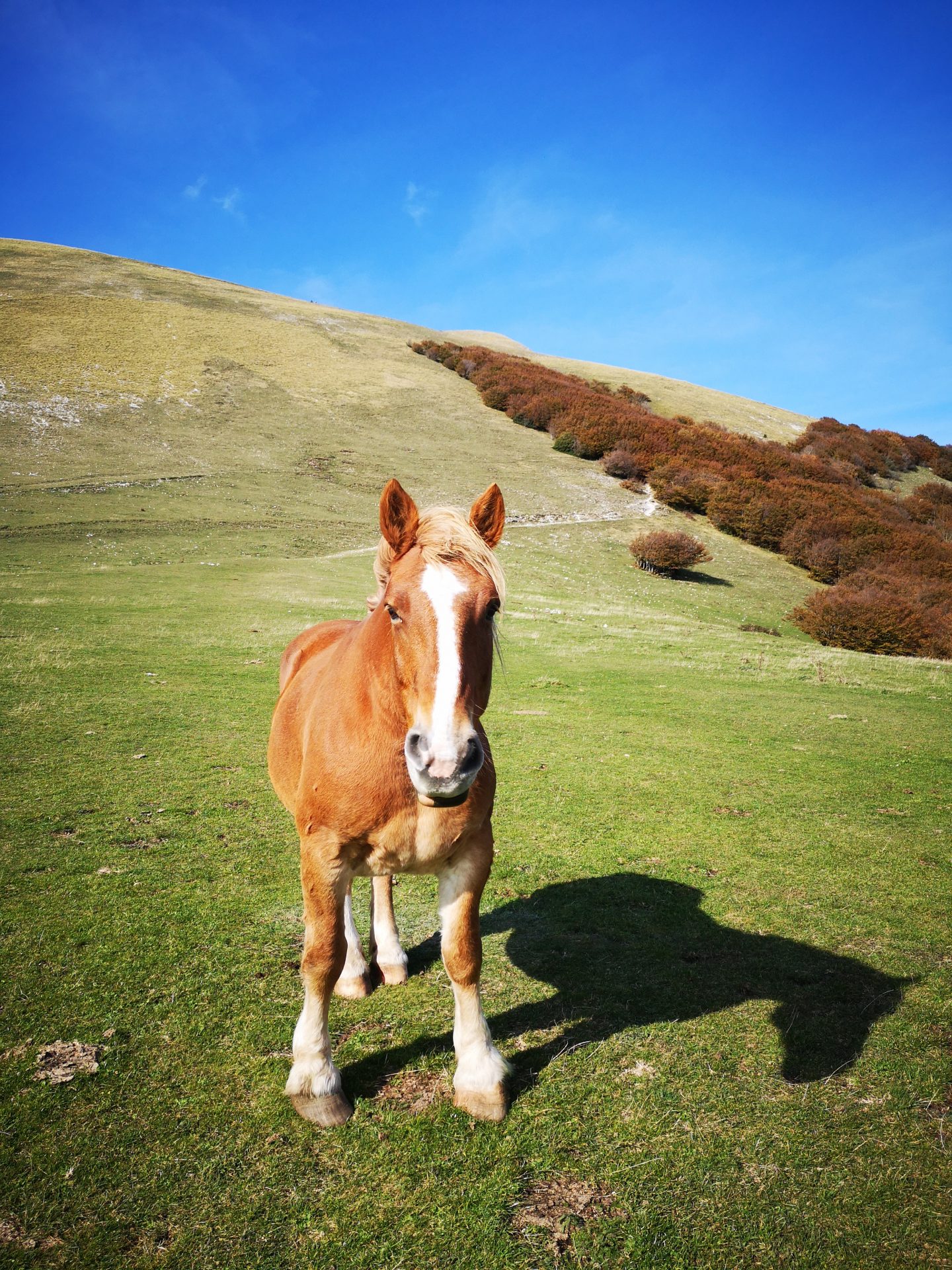
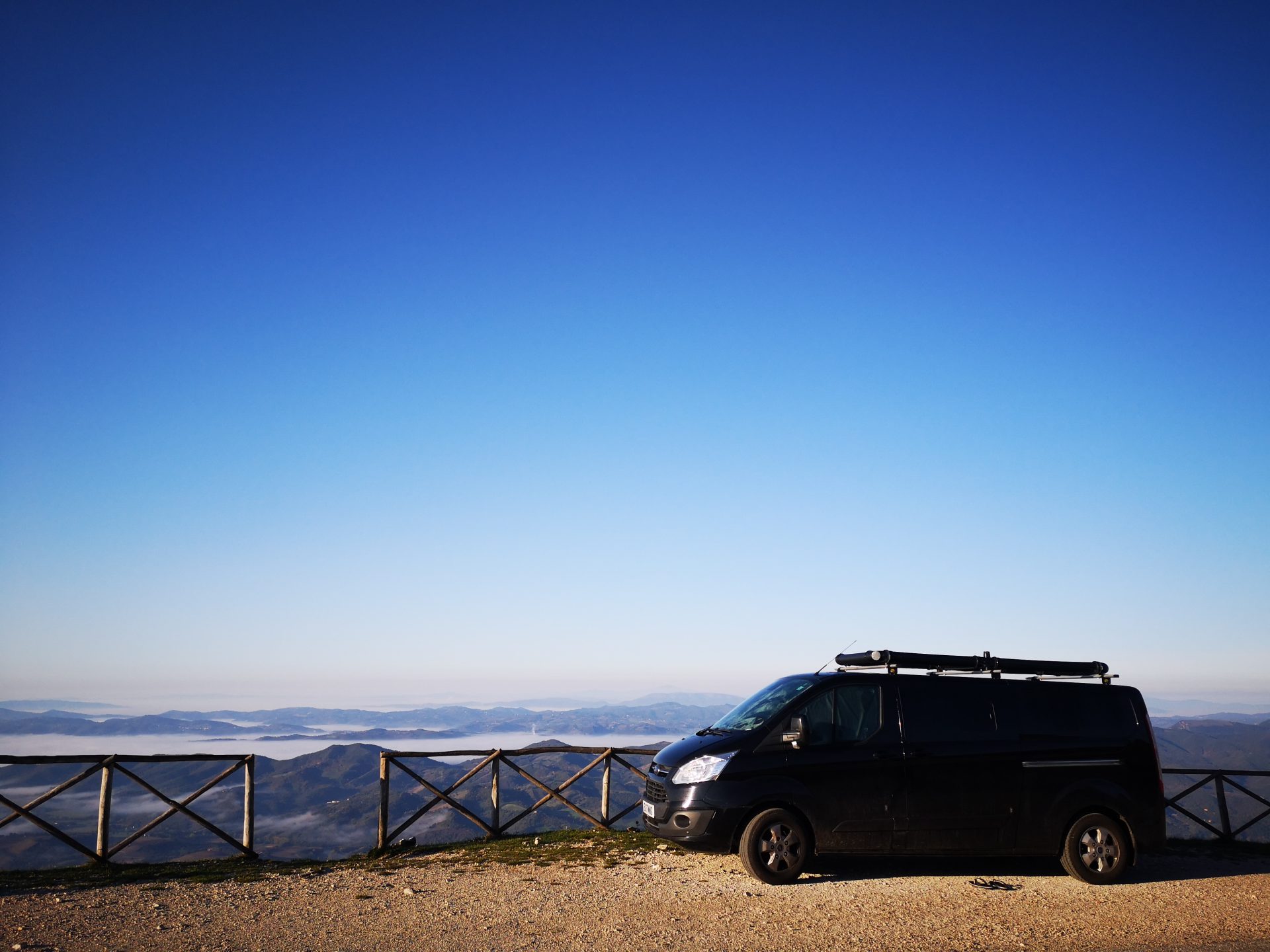
I’m aghast. We’re on top of a mountain again; the summit of Monte Cucco offers a stunning view out over the Umbrian hills. There are hardy, handsome wild horses roaming about and it’s popular with paragliders. Outside, in the chilly evening, Jo’s fingers freeze whilst preparing a pork casserole – her penance for dragging us up yet another bloody mountain.
The following morning is beautiful: a warm clear blue day with a gentle breeze. The paragliders are out early. Jo is sitting on a stool next to the van where, on a fence post at the edge of the summit’s dropoff, sits her second morning mug of tea. With typical macho Italian bravado, a paraglider descends from the heavens as if to grasp that mug of tea. Another arm’s length and he’d have grabbed it. This aerial lothario then boldly swoops around Jo, in close encounter dives, like a great bird of prey. He even manages a brief conversation. Italian men are such barefaced skirtchasers. Jo subsequently declares that she’d like to take up the sport.
Umbria’s most famous town is Assisi, the birth and resting place of St. Francis, one of Christianity’s most venerated saints, the patron saint of Italy and animals, and the founder of the Franciscan order of monks, who preach, amongst other things, the practice of sobriety.
We are in the beautiful Basilica of San Franesco D’Assisi. Constructed in the early 13th century, it’s actually two churches, one above another, built into the side of a hill. Below it is a crypt in which rests the body of St. Francis. I tell Jo that I too have rested in this crypt. In 1974, I was visiting a friend at the English seminary in Rome. I took the slow train to Assisi and stayed for a few days. It was the month of July, I think, and it was very hot. I had lunch in a local taverna where I enjoyed an entire bottle of crisp cold Umbrian white wine. I subsequently needed somewhere to sleep it off and the cool, dark, peaceful crypt of the basilica seemed the perfect place. I sat on a pew, nodded my head as if in prayer, and promptly fell asleep for an hour or so. I remember awakening with a bit of a start and some confusion as to my whereabouts. For me this was close to a religious experience. Jo thinks, given the Franciscan rule of sobriety, that it’s brazen and quite shocking behaviour.
Umbria is teeming with hilltop fortified, medieval villages. We are in one of them, chosen by Jo: the village of Spello. The great Caesar Augustus gave property in Spello to retired legionnaires, and apparently, it has to this day, the mood of a retirement village. I can’t help but envisage old gladiators sitting outside bistros, gossiping and sipping cappuccinos. We enjoy wandering about the village for several hours. Jo buys, from the market, a smart pair of black leather ankle boots. We buy a herb infused port bread roll, the local porchetto, and we drink a glass of Sangrantino at a terrace under a fruit tree amongst old gladiators. Sangrantino is a fine inky purple, plummy dry red wine, unique to Umbria – quite delicious.
Greece, because of Coronavirus restrictions, is inaccessible through the Balkan states. So, great news, we’ve booked a ferry from Ancona, a couple of hours from our present location, to Patras in Greece. We depart Sunday. Today is Thursday, so we have just three days remaining in Italy to savour the wild southeast of Umbria. We visit Montefalco to buy wine and we spend a lazy afternoon in the sunshine next to a derelict, but still splendid looking, railway station on the disused railway line above the town of Spoleto. We cycle over the nearby railway viaduct and into a 2km long railway tunnel. After a few hundred metres the darkness is so total that, even with cycle lights, we’re compelled to turn back. There’s a water tap at the station so we thoroughly wash ourselves and the van.

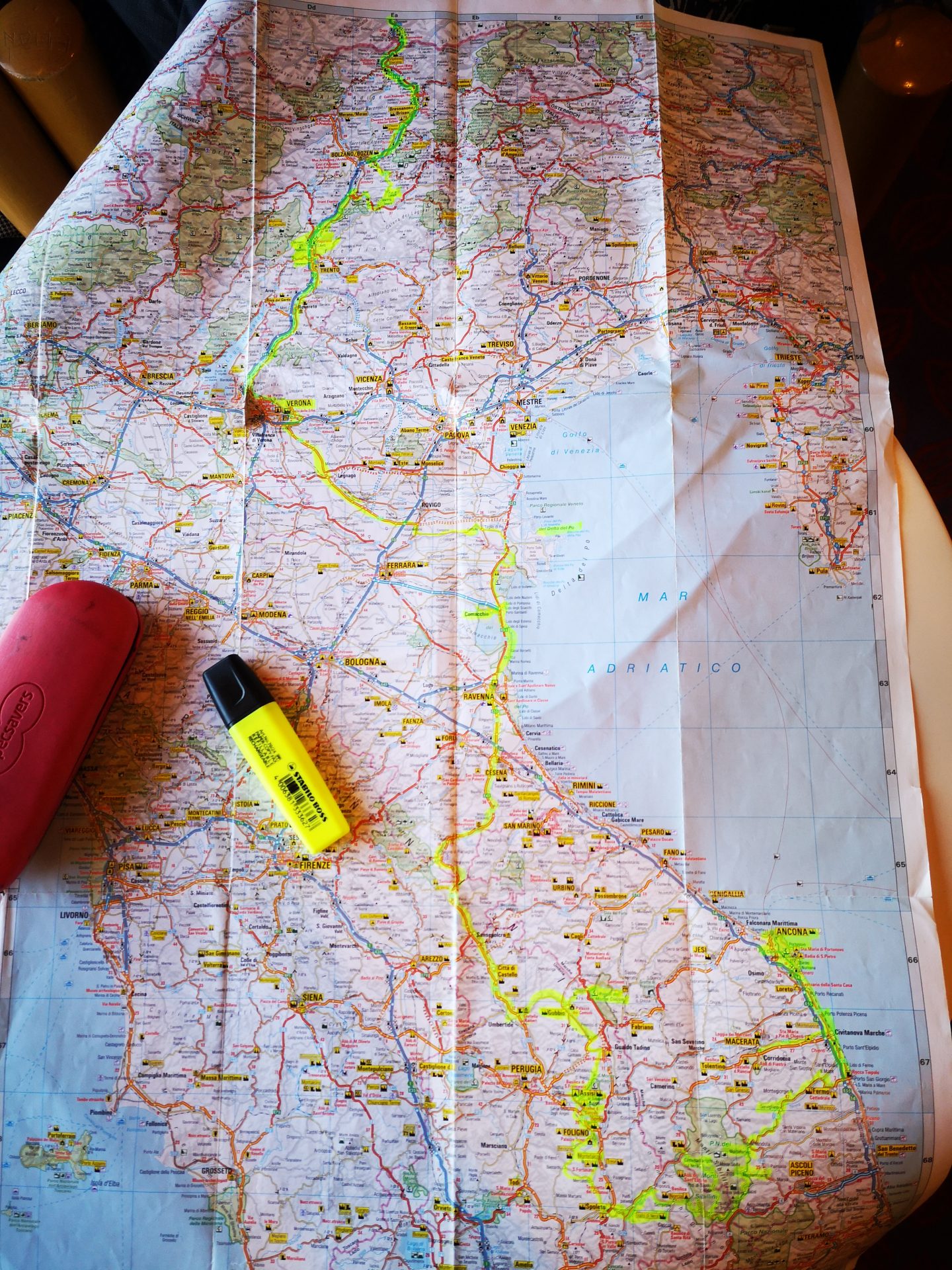
On a wide plain abutting the Monti Sibillini, a sub range of the Apennine mountains lies the little town of Norcia. It’s on our route to southeast Umbria so we stop for a coffee. I park the van outside the ancient town walls and we walk to one of the main town gates. The gate is bordered with scaffolding and outside it, there’s an avenue of wooden shops selling wines, truffles, hams, sausages and handicrafts. It’s like a Christmas market. We enter the village through the gate and see more scaffolding and large wooden struts supporting frail, crumbling walls. Is this some kind of major renovation project? The town square and the surrounding streets are idle building sites. There’s a smell of dry dust in the air.
Of course, we remember, in 2016 this central region of Italy was wrecked by a sizeable earthquake and by yet another in 2017. The ancient basilica here in Norcia is a pile of rubble and several streets are closed because of unstable masonry. There’s a sense of despair and resignation about the town. After three years so little seems to have been repaired – on this weekday there is no construction work in progress. That ‘Christmas market’ is a temporary relocation of shops from inside the town. We’ve never witnessed such destruction – it’s like a war zone – very sad indeed. For the remainder of today and during tomorrow we will see similar damage in every village through which we pass, with the added sight of temporary cabins to house those whose homes were destroyed.
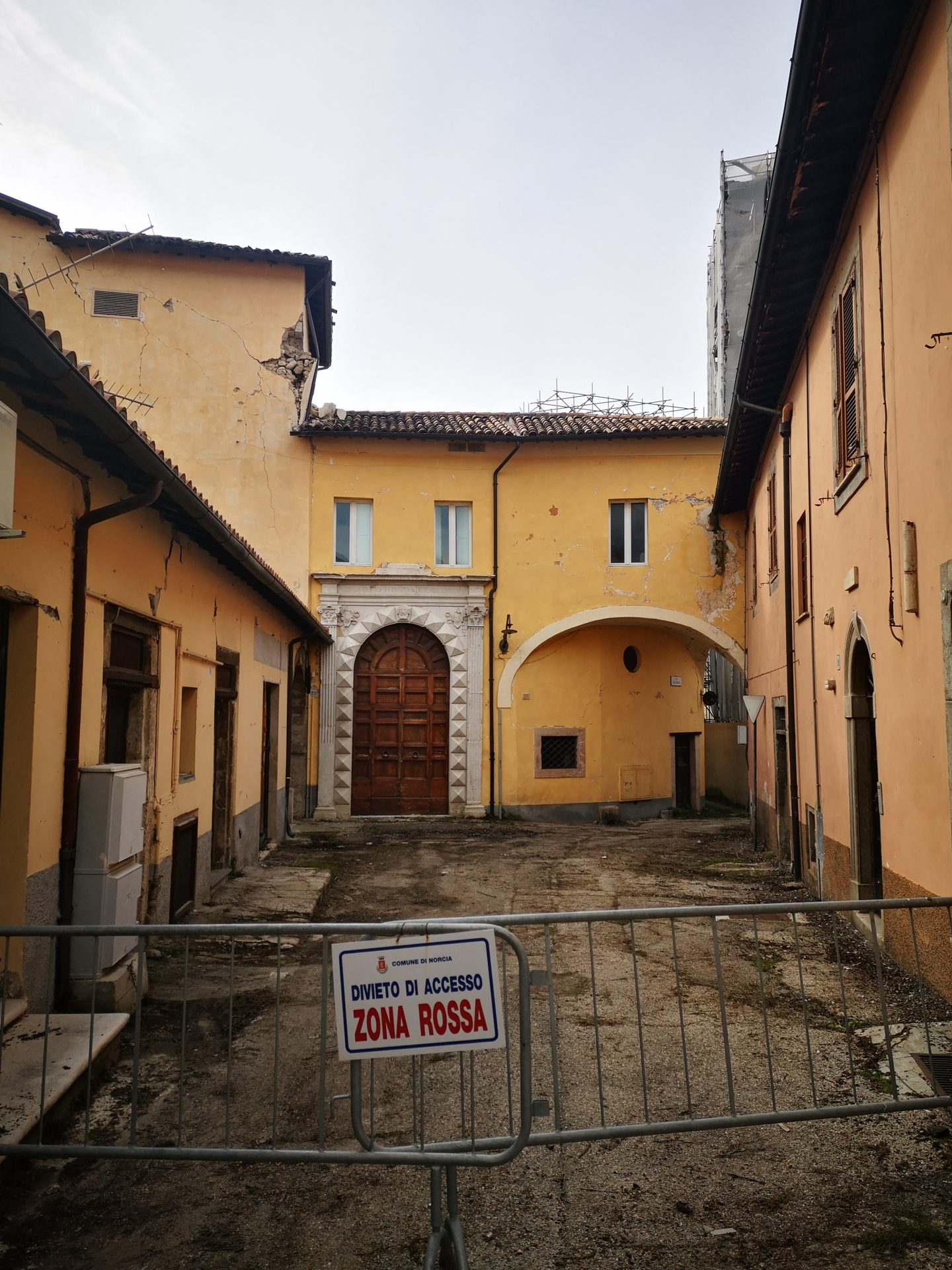

Despite the destruction, southeast Umbria and the neighbouring province of Le Marche (pronounced Markay) is a magnificent mountainous wilderness. The densely forested hills are topped by seemingly endless fortified villages – at one point we can count six of them in a single panorama.
The region is wild enough for wolves to live in the higher altitudes. We briefly visit earthquake damaged Casteluccia which is set in the most unexpected and unlikely Italian countryside, more like the Scottish highlands. In the golden afternoon sunlight we descend into Le Marche, listening to John Prine singing Americana songs of the west (sometimes I love a bit of Country and Western – Jo hates it!)
Our final day in Italy is spent shopping for food for the ferry crossing, and completing the sensible online Greek coronavirus questionnaire. The sailing to Greece is 600 miles over the Adriatic sea and takes 23 hours. We don’t know what to expect – the online reviews are mixed. We have a cabin and we’ll almost certainly keep to ourselves.
At long last, after three months since our initial excursion in the van, we are about to start our wee Greek odyssey.

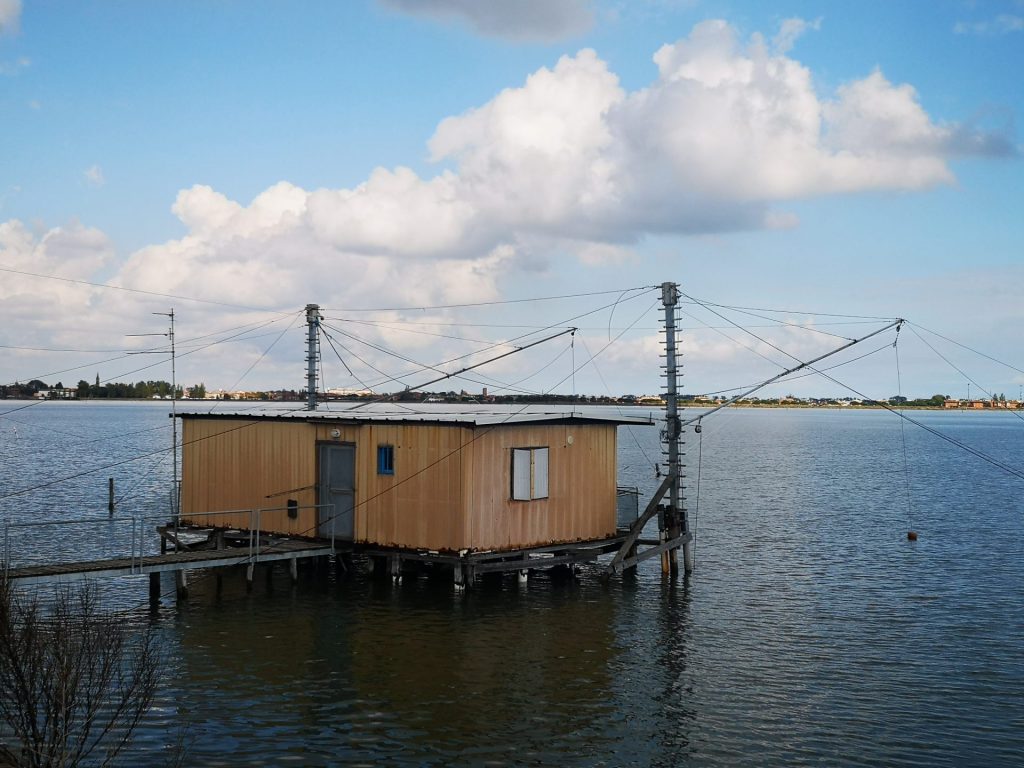
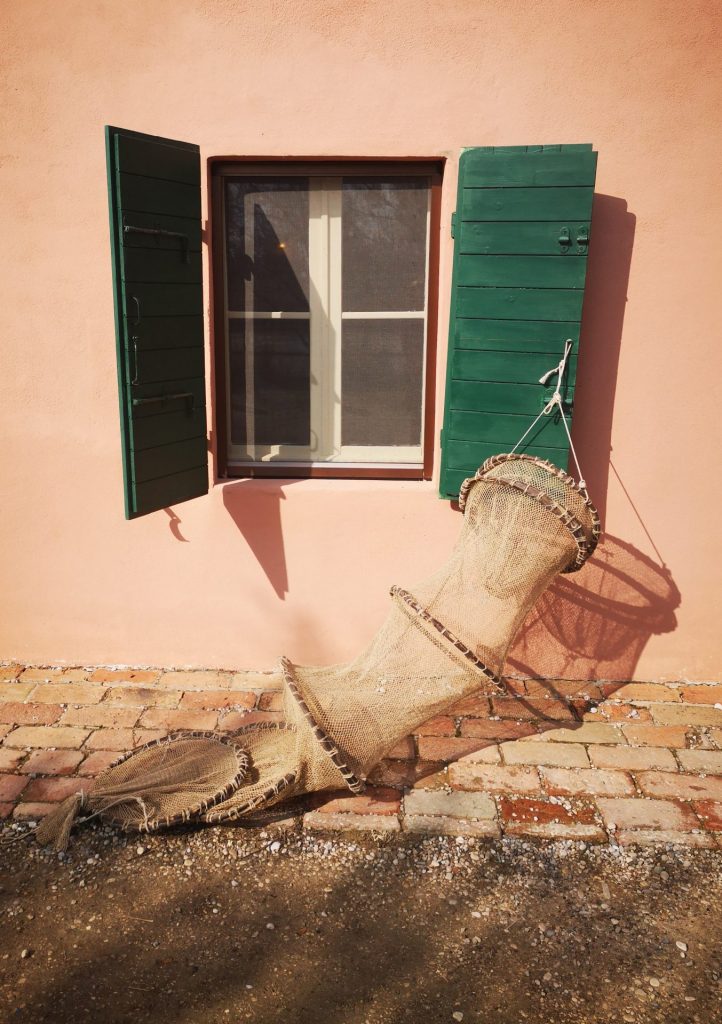

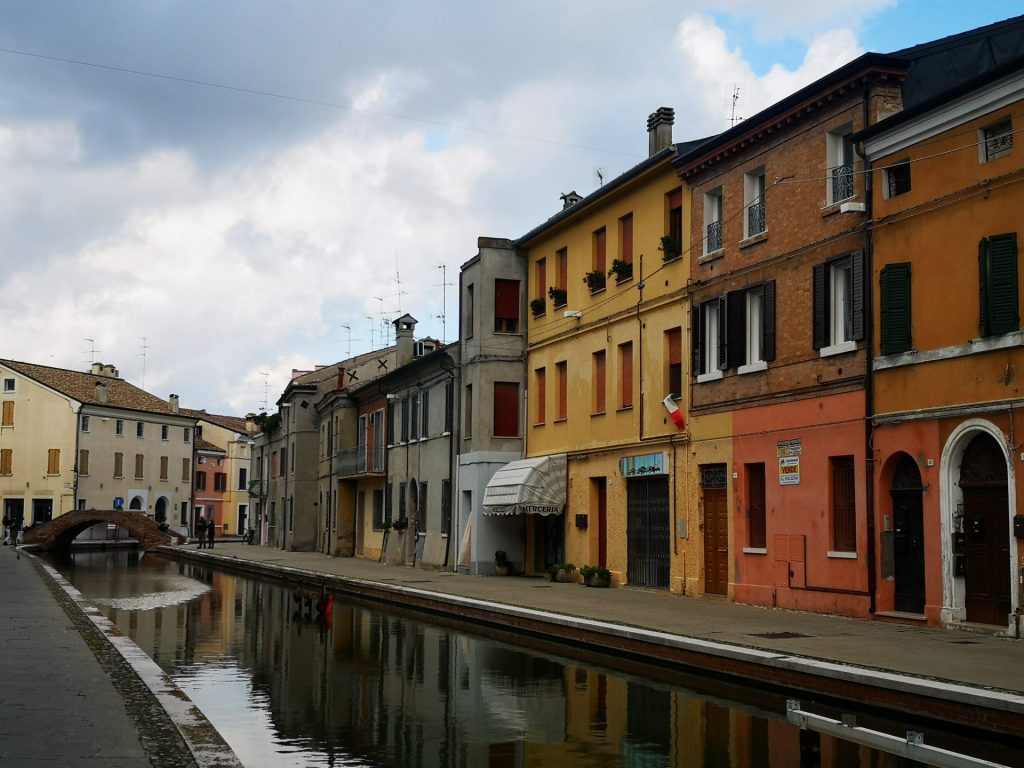


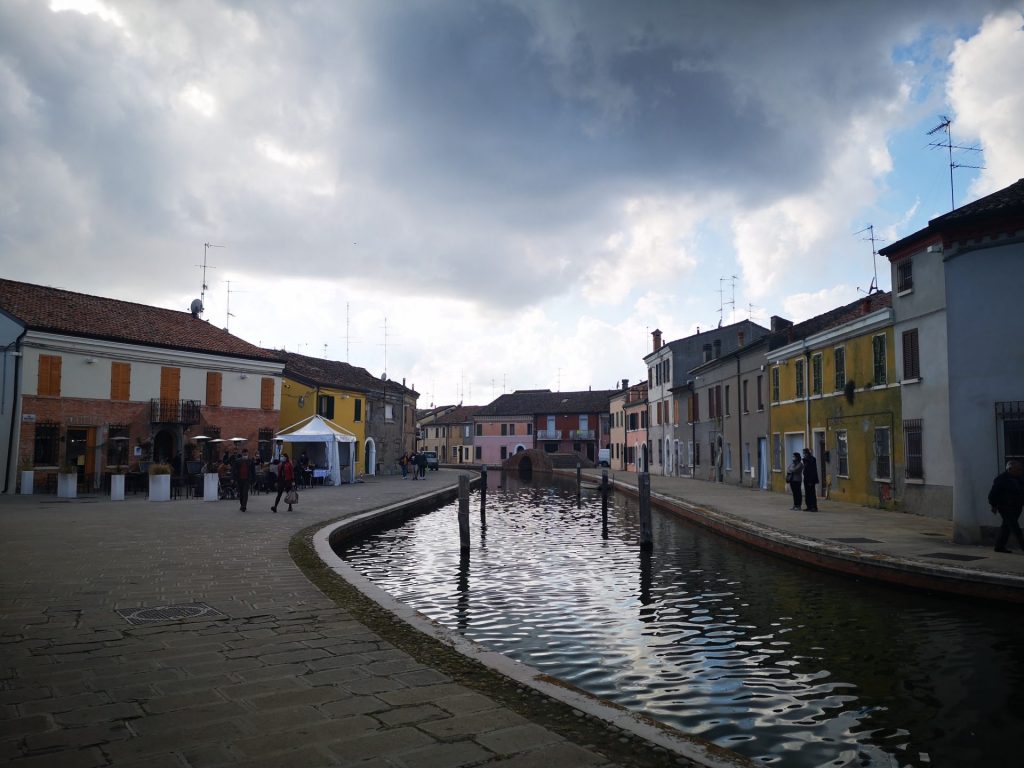



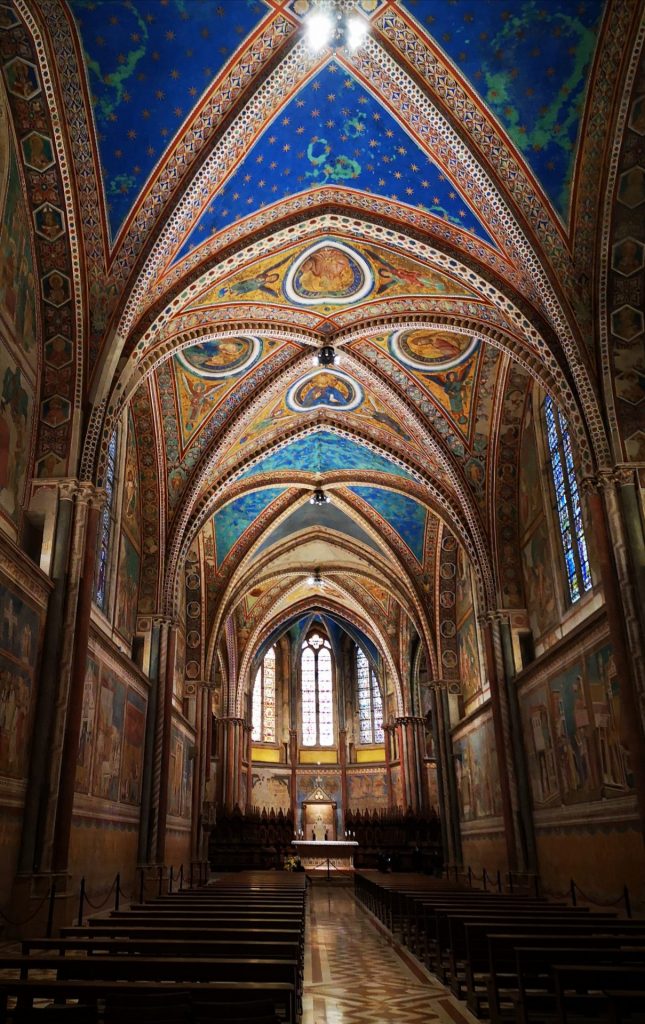
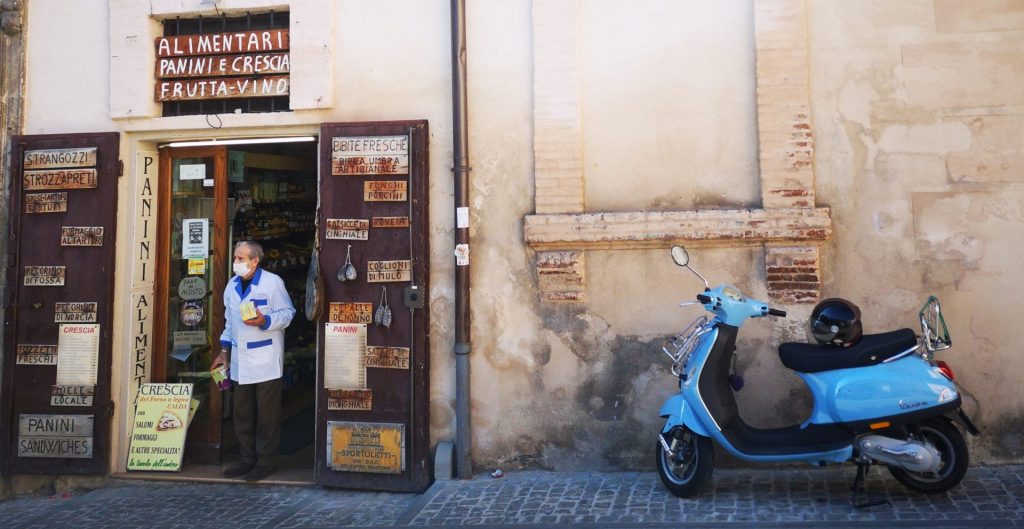

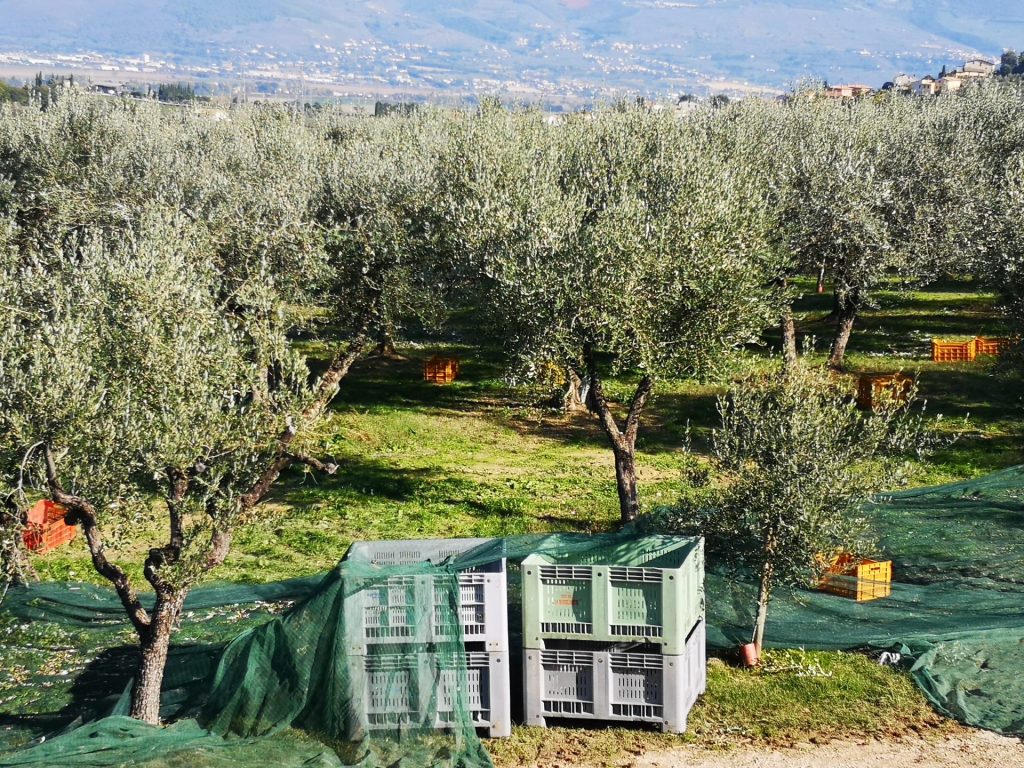


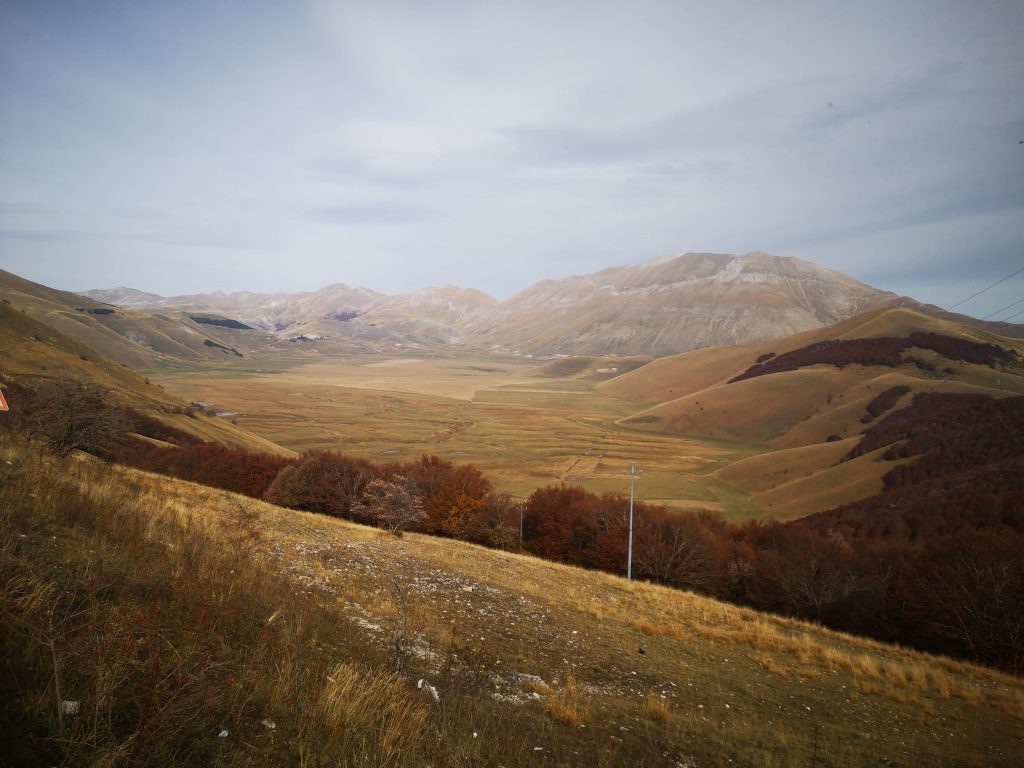

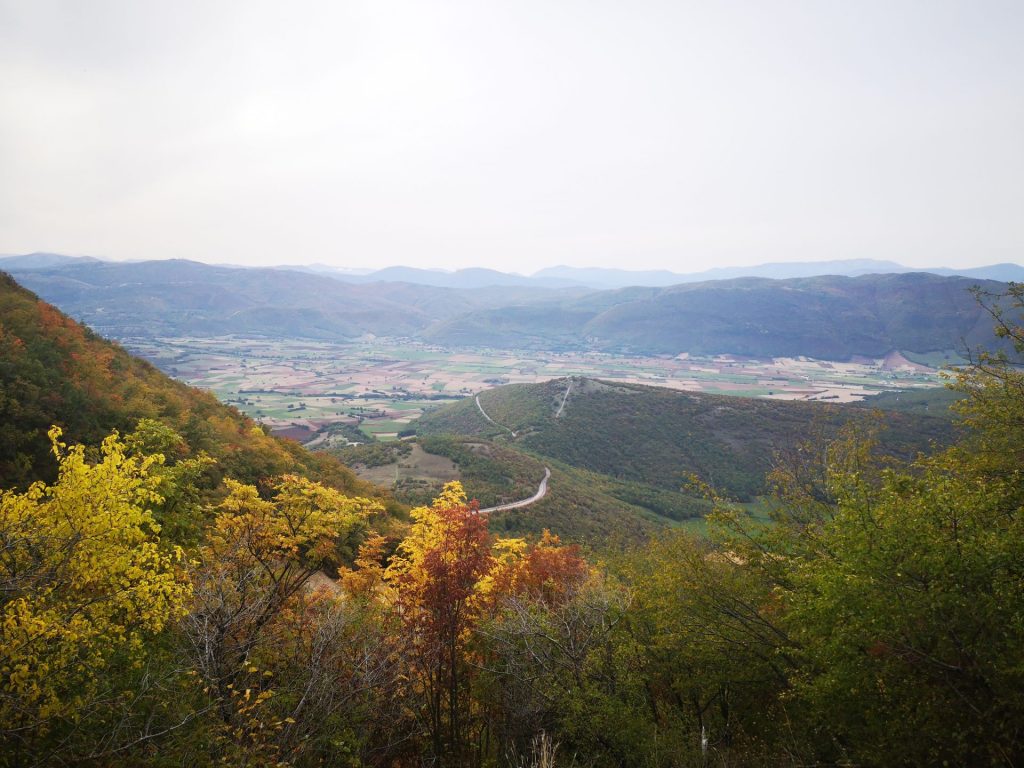
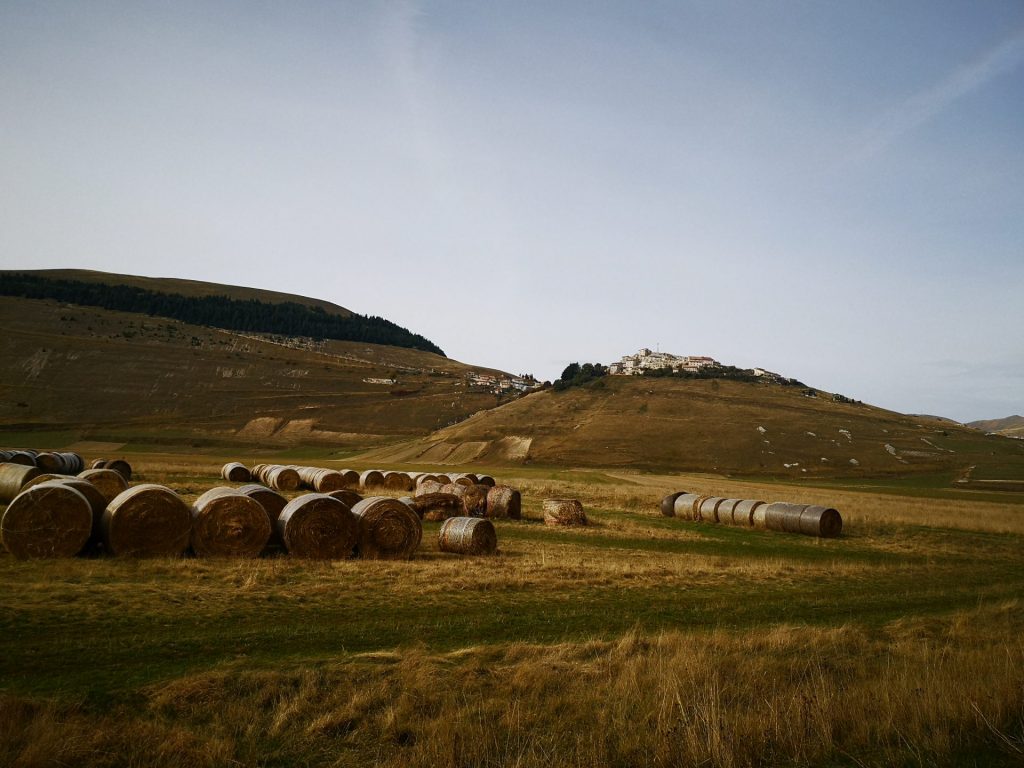
Such a lovely blog Armand you painted a beautiful picture of your journey through Italy. A very exciting brochure making us all very envious of your adventures. Hope Greece meets all your expectations. 👍😀👢💕💕💕